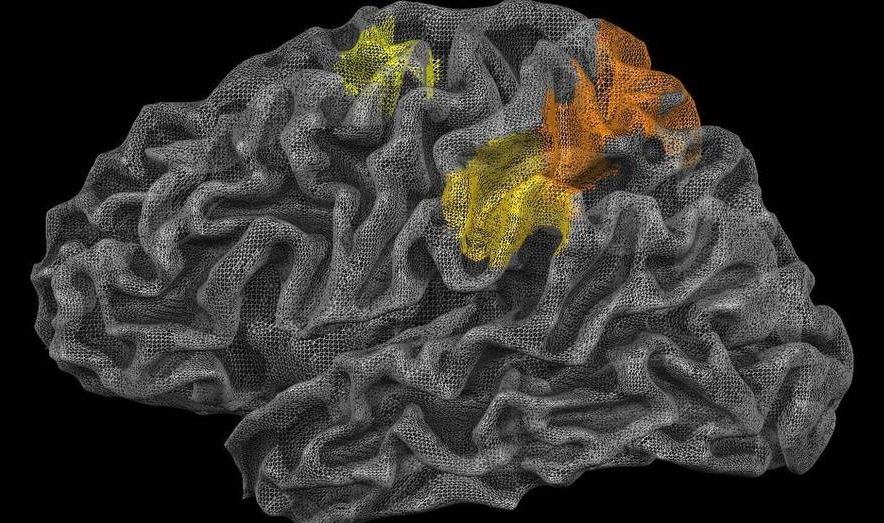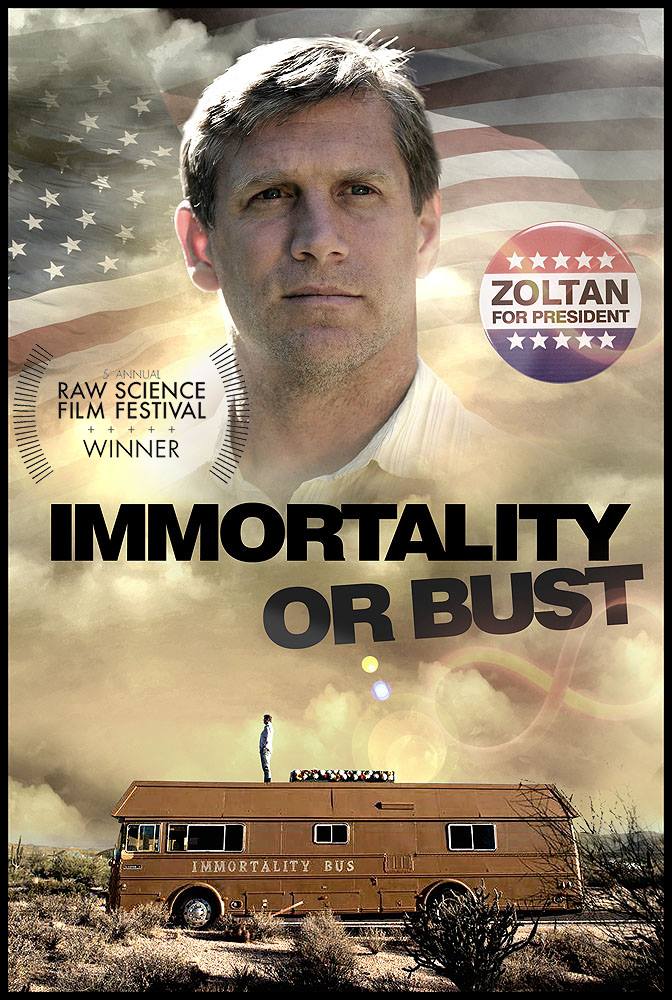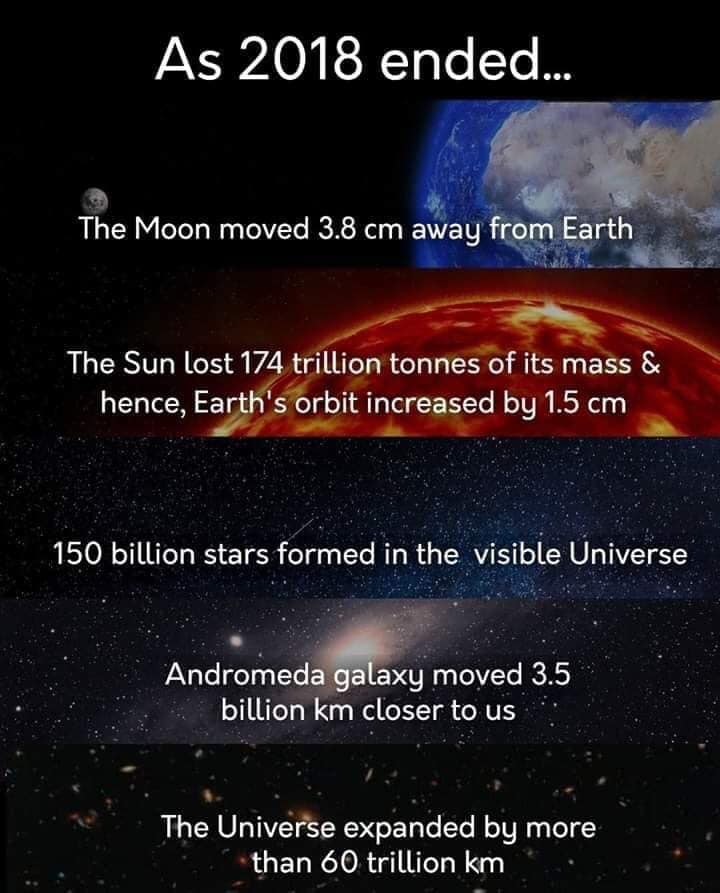There is a noble frontier in the making that is growing internationally at speeds yet to be comprehended. And this frontier goes by the name “Transhumanism,” which is the pursuit to overcome aging and all biological limitations via advanced science and technology. What started as nothing more than a fringe concept among futurist circles has now become a global movement consisting of philosophers, political activists, scientists, and technologists.
But when it comes to Transhumanism here in the United States, there was one particular event in mind that helped introduce this movement into the national dialogue. That event is now famously known as the “Immortality Bus tour,” for which was led by then-presidential candidate Zoltan Istvan, representing the U.S. Transhumanist Party.
In this documentary, then-presidential candidate Zoltan Istvan travels across the country, spreading the word of Transhumanism—for the overcoming of aging using advanced science and technology!






